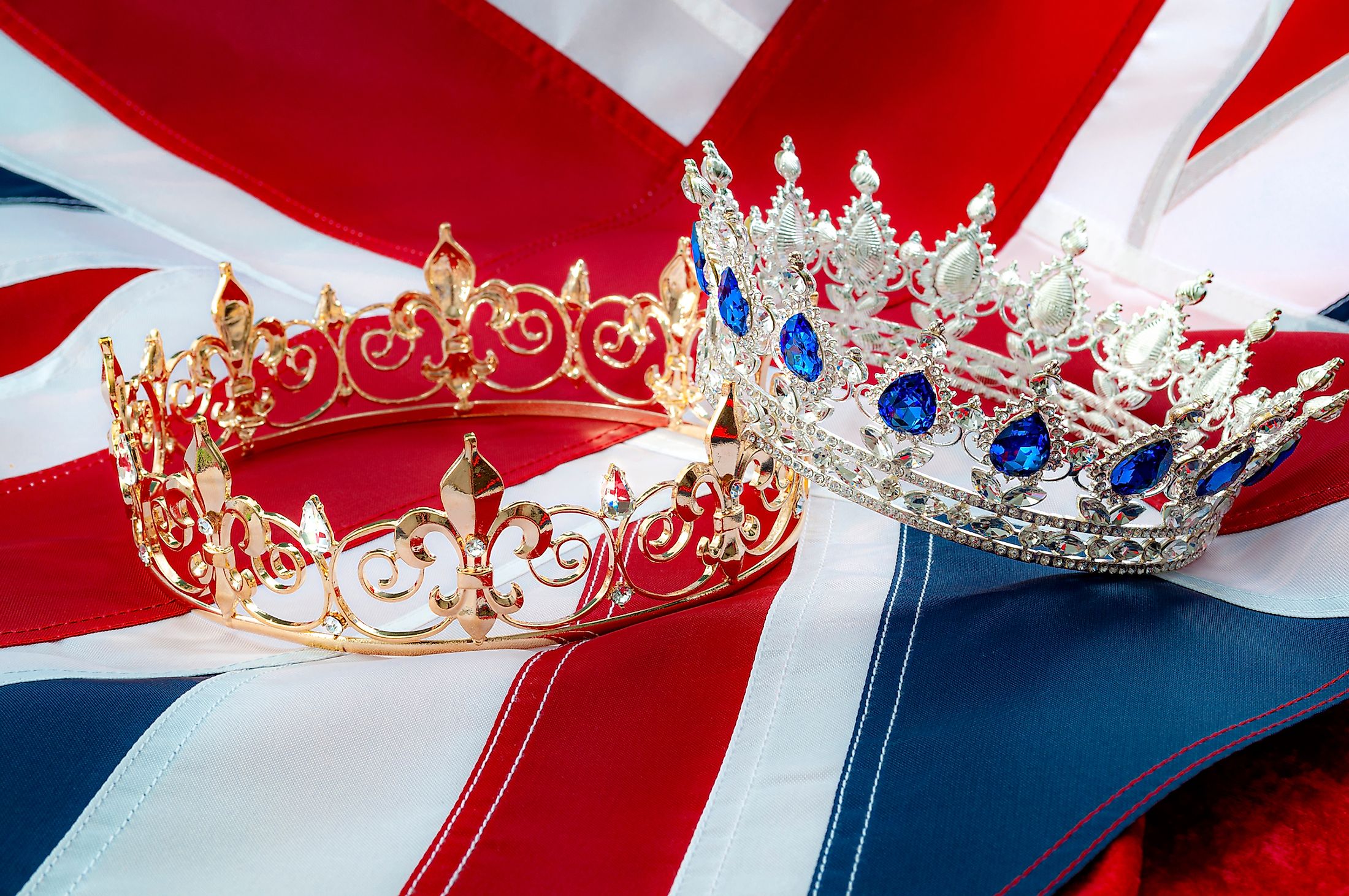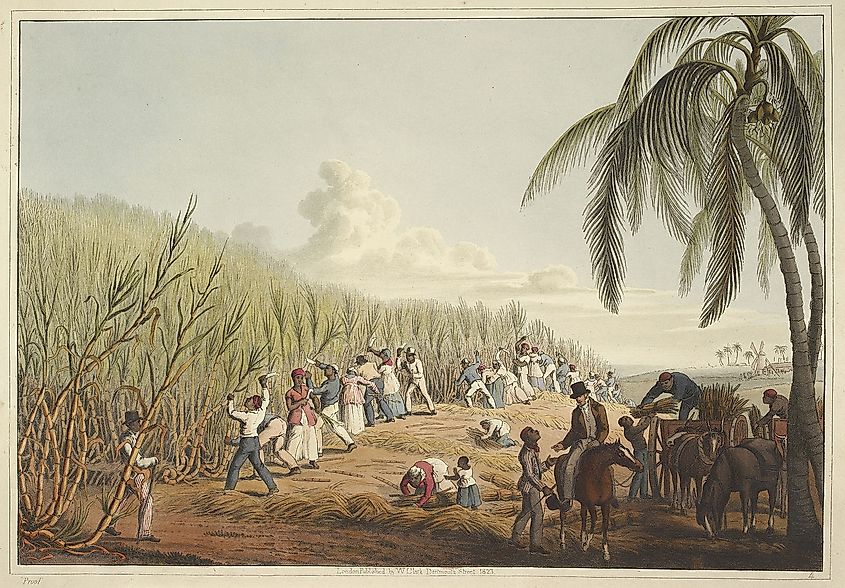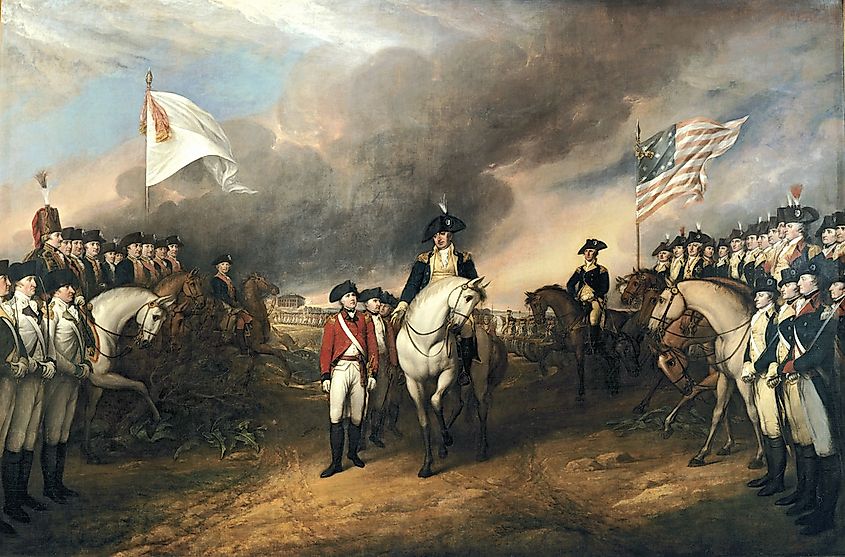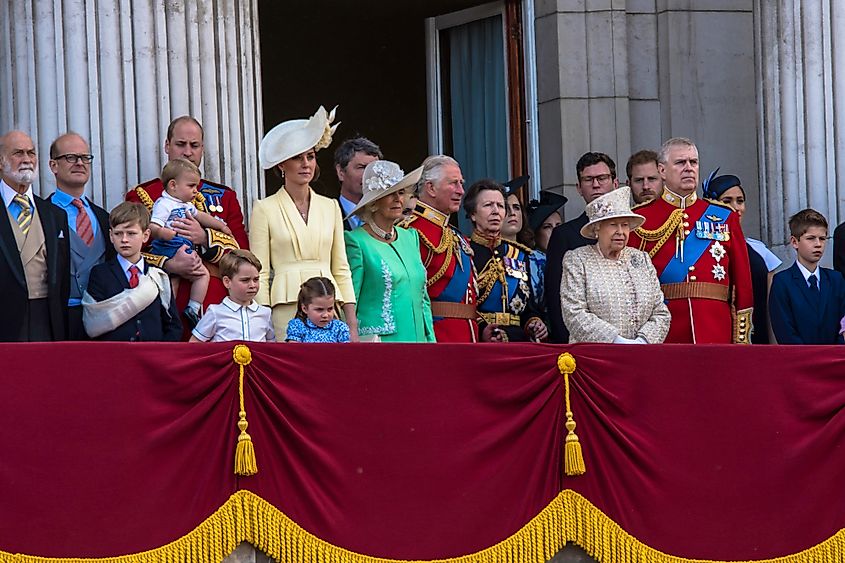
British Empire
The British Empire was the largest empire in human history. It consisted of the colonial possessions of what is now the United Kingdom of Great Britain and Northern Ireland. The UK’s imperial expansion began in the early 17th century. People used to say, “The sun never sets on the British Empire,” because the empire consisted of colonies all over the world. But by the early 20th century, British imperialism began to wane, as the UK granted independence to most of its colonial possessions. Today, the UK retains only a few colonial possessions, mostly in the form of small islands.
Birth Of The British Empire

The precursor to the British Empire was the English Empire. By the 13th century, England had already conquered Wales and much of Ireland. The English also tried to subjugate Scotland and France, but ultimately failed. Scotland did, however, merge with England eventually. In 1603, Queen Elizabeth I, on the verge of death, declared that King James VI of Scotland would be the new King of England. This event was known as the Union of the Crowns. By this time, the English had a very powerful navy that proved its military prowess with the defeat of the Spanish Armada in 1588. The English used this navy to begin exploring the so-called New World. In fact, just four years after the Union of the Crowns, the English had established one of their first North American colonies, Jamestown, which was located in modern-day Virginia.
About a century later, in 1707, the Scottish Parliament voted to dissolve itself and send its representatives to the Parliament of England. This act is known historically as the Union of the Parliaments. By this time, England and Scotland already had several colonial possessions in North America and the Caribbean. Thus, it was in 1707 that the British Empire was born.
Expansion Of The British Empire

In the early years of the British Empire, it was the sugar-producing Caribbean colonies that proved to be the most lucrative. Crops like tobacco, cotton, and rice were produced in the southern American colonies, while military hardware and furs came from the north. Over the course of the 18th century, the British would expand their holdings in North America and the Caribbean. Some of this expansion was achieved through war. During the Seven Years’ War (1756-1763), for example, the British conquered the French colony of New France, giving them control of most of colonial North America. At the same time, British colonists in North America were expanding westward. By the late 18th century, the British exploration and colonization of Australia, New Zealand, and the South Pacific had begun.
It was also in the late 18th century that the British Empire suffered a devastating loss, when its forces were defeated in the American Revolutionary War (1775-1783), leading to the independence of 13 North American colonies that collectively formed the United States of America. This loss was significant because these colonies were the empire’s most populous. The British did take a lesson from the loss of the American colonies, however, by giving some of its remaining colonies, such as those in Canada, Australia, and New Zealand self-governing powers later in the 19th century.

After the American Revolutionary War, the British focussed on expansion in Africa and Asia. As they expanded their empire, they also brought fundamental changes that would affect the entire world. One of these changes was the British outlawing of the slave trade in 1807. Slavery was central to the economies of the British colonies for a long time. Nevertheless, the British banned the practice in 1834. Moreover, they imposed this ban on other nation-states. As a result, the slave trade all but came to an end by the mid-19th century.
To replace the slave economy, the British Empire resorted to a policy of free trade, which opened the British market to unobstructed competition. As the British Empire emerged as the most successful empire after the final defeat of Napoleonic France in 1815, its adoption of free market policies encouraged other countries to adopt similar policies. In addition, the British Empire was at the forefront of the Industrial Revolution. In fact, by 1870, the United Kingdom was the sole industrialized country in the world, producing 30% of the entire world’s industrial output.
The British Empire At Its Peak

The late 19th and early 20th century saw the British Empire reach the peak of its power. Its territory included colonies in the Caribbean, Africa, Asia, Australasia, and the Indian Subcontinent. The British Empire reached the height of its territorial expansion in 1920, when the realm controlled 35.5 million sq. km of territory, and ruled over between 470 and 570 million people. Fifty years earlier, however, the empire began to face competition from other emerging industrial powers like Germany and the United States. Its share of the world’s trade, for example, fell from one quarter in 1880 to just one sixth in 1913. The British Empire also began to lose its dominance on trade with India, China, Latin America, and the coasts of Africa. Furthermore, the empire suffered greatly during the “Long Depression” that lasted from 1873 to 1896. Meanwhile, between 1870 and 1914, other European powers began rapidly expanding their own colonial holdings. But the real decline of the British Empire did not begin until after World War I.
Decline And Fall Of The British Empire
One of the first nails in the coffin of the British Empire was when the British Parliament passed the Statute of Westminster in 1931, which declared that those of its colonies that were designated as “Dominions”, such as Canada, Australia, South Africa, and New Zealand, were equal in status to the United Kingdom. In other words, the British Empire no longer had any power to dictate the foreign or domestic policies of these territories, which meant that they essentially became independent countries. The British Empire’s biggest territorial losses, however, did not occur until after World War II.
The war against Nazi Germany devastated the UK. At the same time, the local populations of many British colonies were advocating for their independence. In some cases, violence broke out between British forces and the empire’s colonial subjects. The British Empire’s first big loss of colonial territory came in 1947, when India and Pakistan, which constituted the overwhelming majority of British India, gained independence.
Afterwards, British colonies in the Middle East and Africa began achieving their independence. By the 1960s, the UK’s colonial possessions in Africa were all but gone, as were most of its colonies in Asia. By the 1970s, the UK’s only significant colony remaining, in terms of political or economic importance, was Hong Kong. But in 1997, the UK relinquished control of it to the People’s Republic of China. Many would argue that after the UK had given up control of Hong Kong, the sun was finally setting on the British Empire.

Today, what is left of the British Empire consists of small islands in the Caribbean and the Atlantic, Pacific, and Indian Oceans. Many former British colonies are now part of the British Commonwealth. Some countries, such as Canada, Australia, and New Zealand, still have the British monarch as their ceremonial head of state, though other former British colonies have opted to become republics, or have their own hereditary heads of state. Thus, the British Empire is all but gone. In fact, there is even a chance that the United Kingdom itself may come apart, as independence movements in its constituent countries gain strength.











